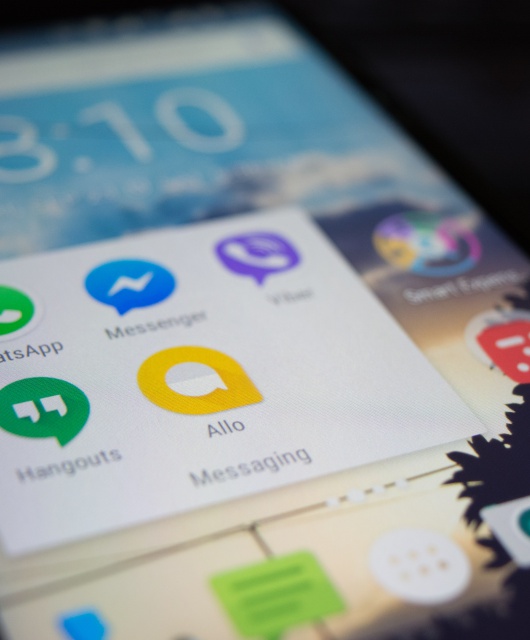Six top tips for speeding up a sluggish Android device
It’s soul-destroying and one of the hardest things you’ll ever have to deal with. No, not Sunday lunch with your mother-in-law. We’re talking about Android devices operating at frustratingly slow speeds. It wasn’t like that when you bought it of course. So what’s going on? Why is speed such a big issue half a year down the line? “Is my service provider at fault?” we hear you ask.
It probably isn’t. 88% of all US connections are 3G or 4G, so there should be enough juice available for everyone. Sorry to disappoint you but in all likelihood, your problem is closer to home. Like, with the device itself and the way you are using it. But the good news is that help is available. It’s a fact of life; Android devices will stop performing at top condition after any prolonged period of use. Nobody said you have got to settle for that.
You’ll find below six useful tips to speed up your sluggish Android device.
- Back things up. All those photos & videos from that last holiday are so last year anyway… export, weed out, or cull them – whatever you want to call it: it’s time to backup your device. That should be the first step you take. Doing it will free up some space on your phone, and this eventually creates a better working device.
- Reboot. When was last time you switched it off? You can’t remember, can you? Well, maybe it’s time to switch it off and restart the device. Your mom will be proud of you!
- Clear up that cached data. Cached data will build up in your applications over time. This affects the performance of your device – you’ll find it hard shifting the blame on this one… To delete individual caches simply open up the settings on your phone and go to Storage and press the Cached Data button. It will delete all this useless data choking your beloved cell phone.
- Be realistic about your device’s capabilities. Did you overburden your phone with resource-hungry apps gnawing away relentlessly? They’re degrading your phone’s performance, so weed out or cull those apps – whatever you want to call it: it’s time to make some space. Do you really need everything you’ve installed anyway?
- Make sure your OS is fully up to date. You should always keep your OS up to date. Yes it’s time-consuming, yes it’s annoying, but just like visiting your mother-in-law it’s got to be done. There are good reasons why Google releases improvements to the Android operating system: those updates deliver stability, higher performance and plenty of benefits. It’s not worth missing out, and they are for free.
- Disable unnecessary animations. No matter how great they look, animations and special effects are known to slow things down. Boost performance by taking a closer look at your launcher’s settings.
Panda Mobile Security
If after following all these tips your Android device is still not working at an optimal speed, keep in mind that Panda Mobile Security maximizes the performance and battery life of your smartphone by analyzing in real time the activity of the apps installed on it.
These are just a few tips
There are plenty of other things to consider too. For example, why not use a high-speed memory card to your device? Not only you will increase your storage space (up to 2TB depending on your phone’s capabilities), but your device will start working faster. Also, if you’re are a gamer, check out one of the RAM memory optimizers.
Obviously, we’re all for cleaning things up… but make sure you don’t disable your Panda Security anti-virus software by mistake.
Stay safe!






2 comments
your a hero to my phone and rember am my phone j1mini thanks alot to the panda team…?
Thank you Je-nae for trusting Panda!
Best regards,
Panda Security.